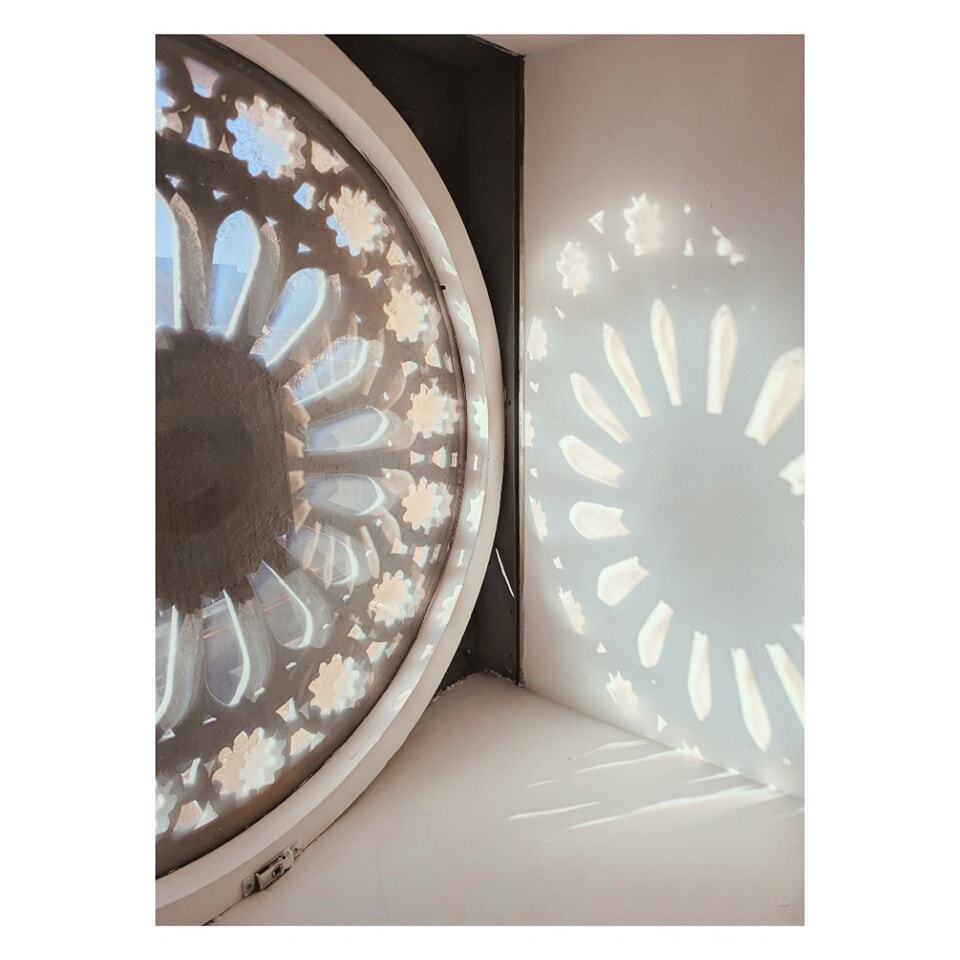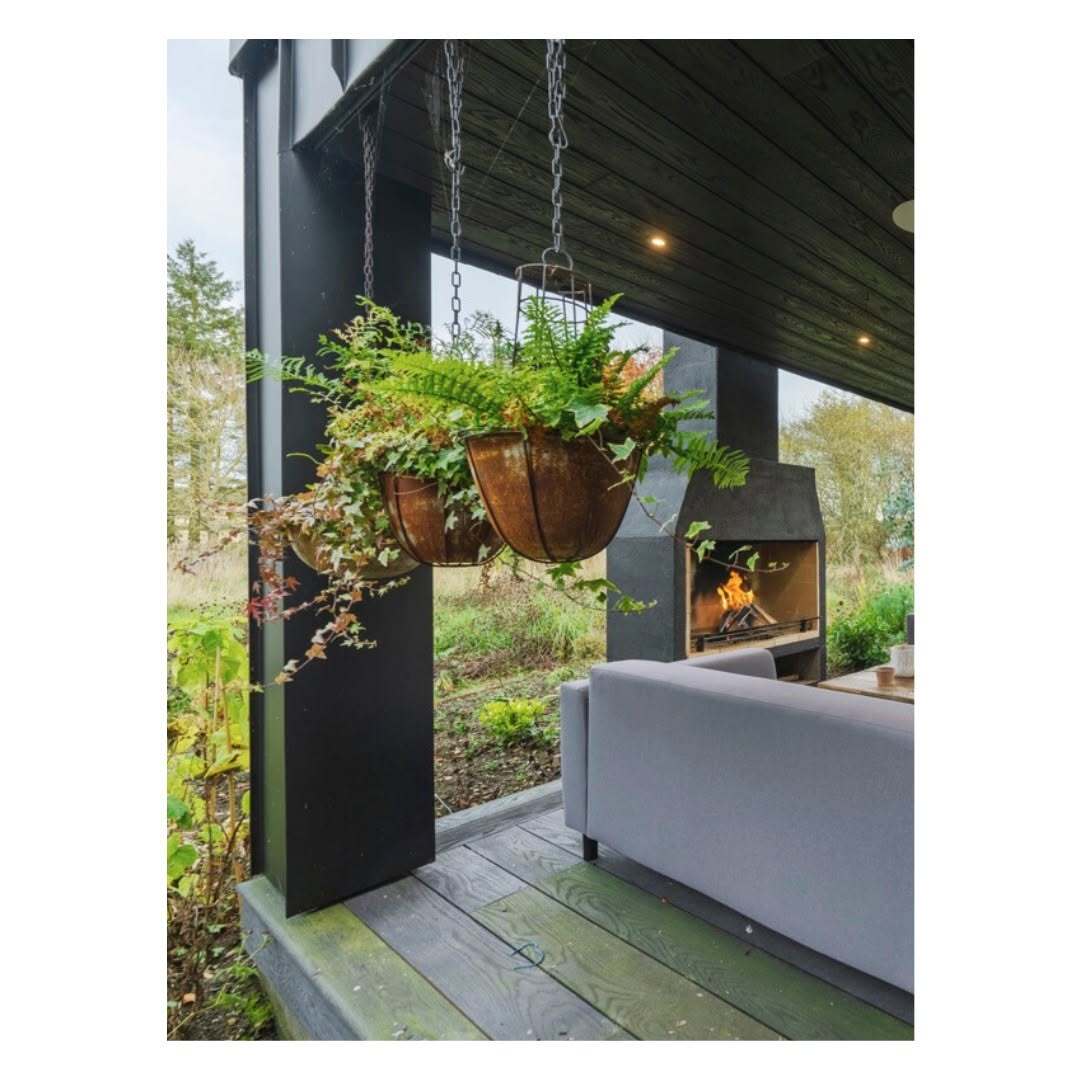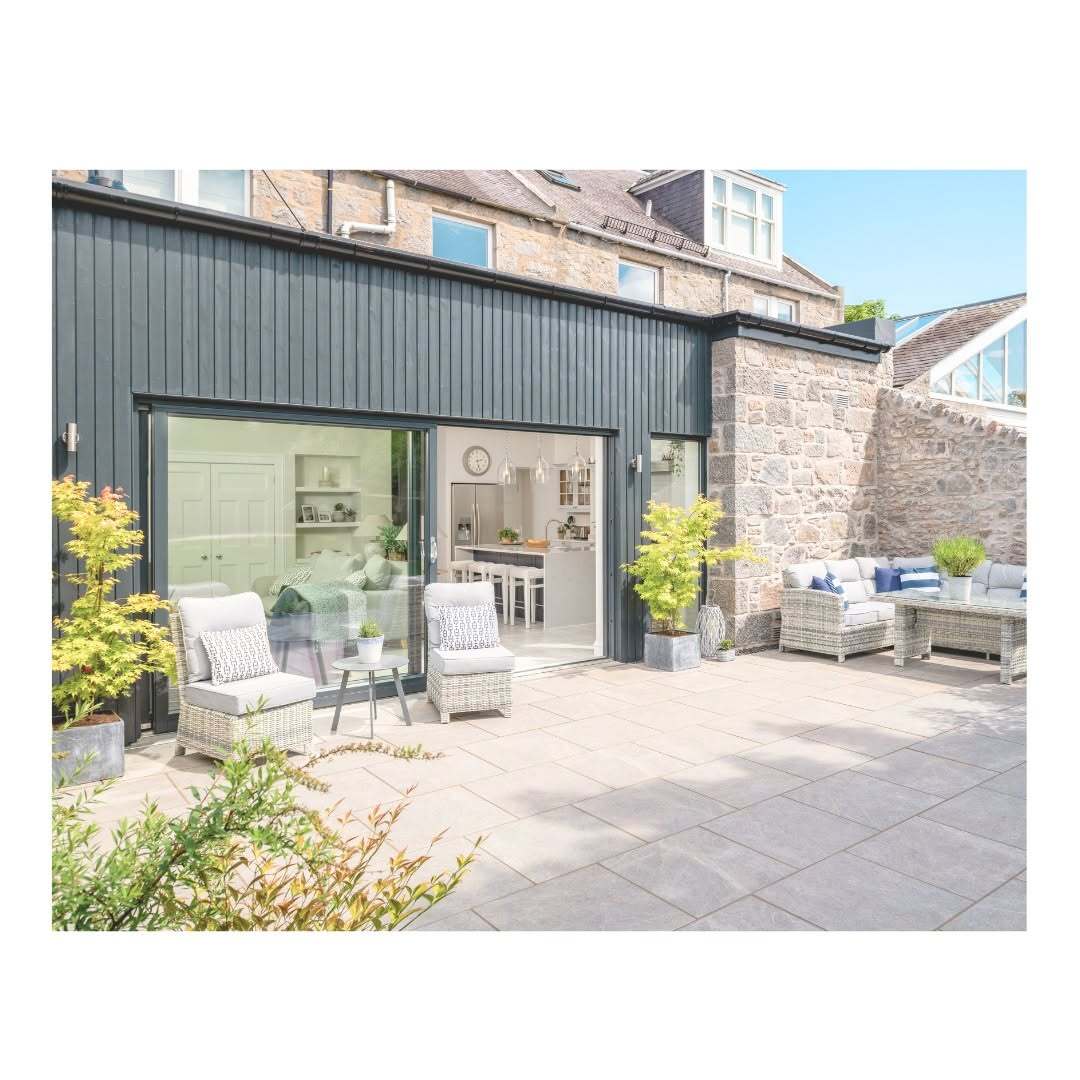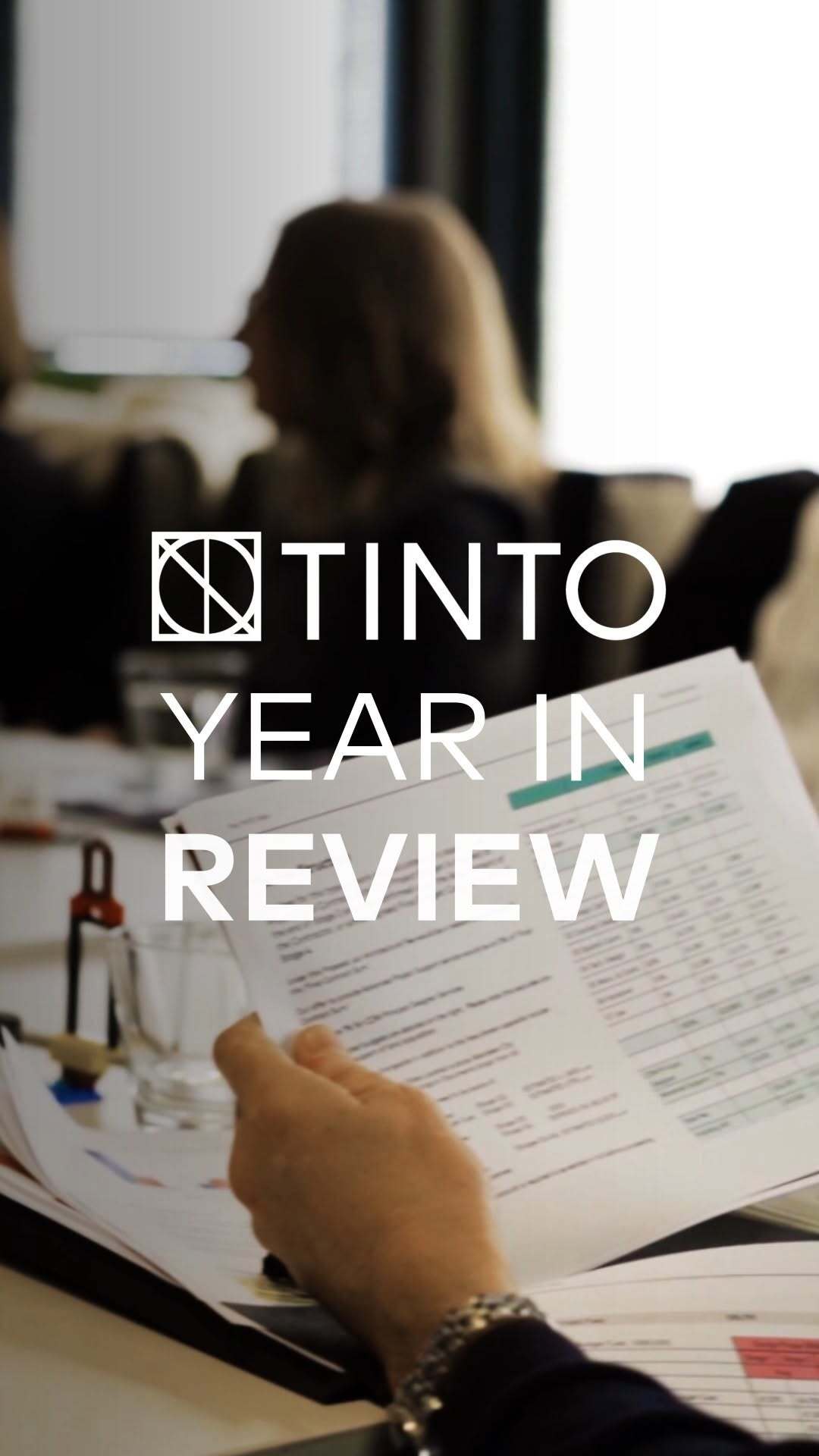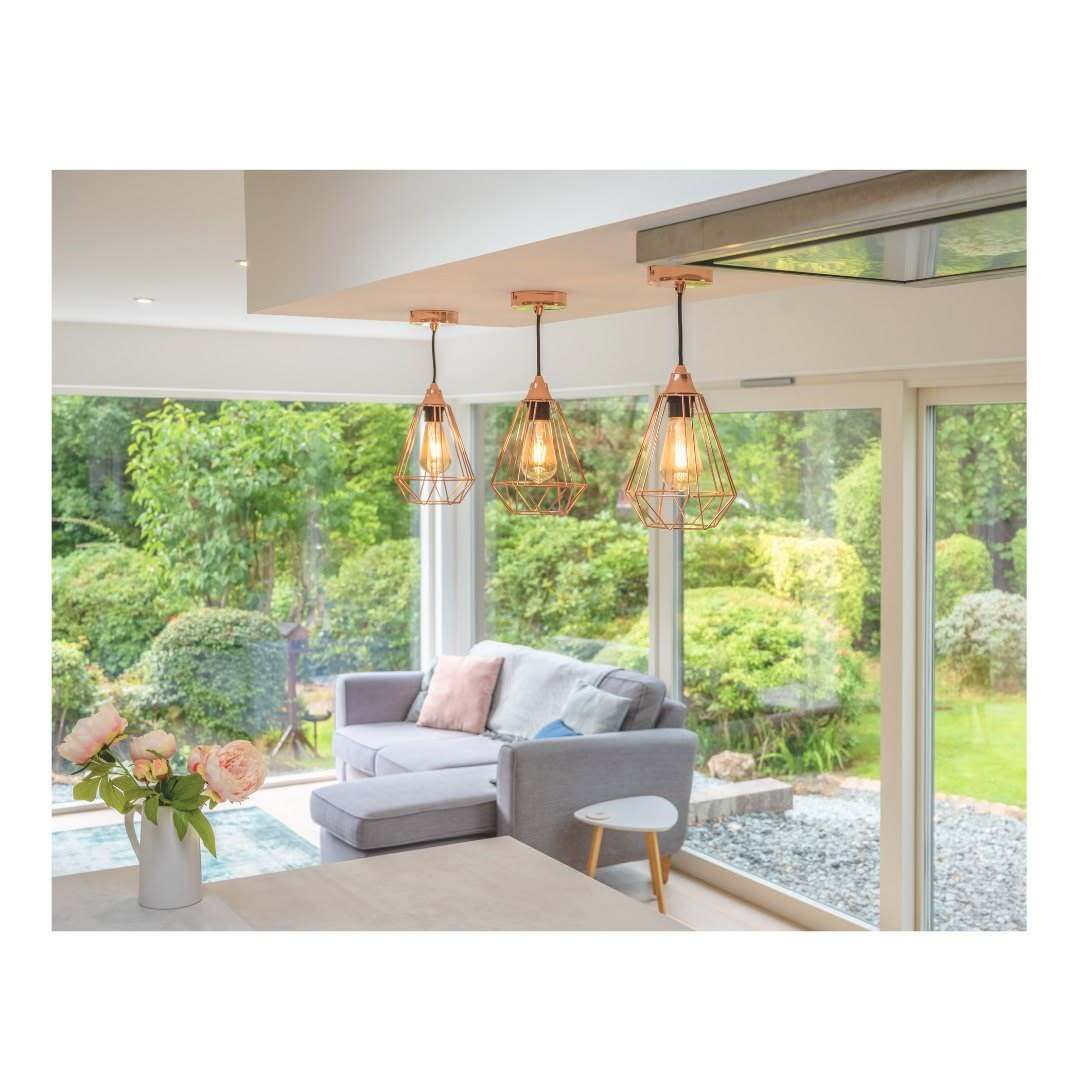A Q&A with Lucy Fisher, our new Architectural Assistant
At the beginning of March, we welcomed Lucy Fisher to the team in the role of Architectural Assistant. With Lucy’s creativity and passion for creating designs that really fit the brief, she has already become a valued member of Team Tinto.
We’ve asked Lucy to share more about her new role, why she decided to pursue architecture as a career and what inspires her in her work...
Tell us about your new role at Tinto...
“I have joined the Tinto team as an architectural assistant; I’ll be undertaking this role whilst working towards my Part 3 exams to become a fully qualified architect. So far, I have had great experience throughout all the stages of the architectural plan of works, from concept through to construction and then completion on site as well.”
What are you most excited about in your new role?
“I’m most excited about the type of projects that Tinto attracts and delivers. With such interesting briefs, there is a lot of room for creativity and trying something new! I’m excited to play my part in creating some very bespoke solutions, tailored specifically to each individual client.
“I’m also really looking forward to being involved in a full range of projects, from rural new builds, city centre mixed-use redevelopments and suburban residential blocks. Tinto has a real mix of projects and in differing locations across the country, all unique and all with their own exciting opportunities and possibilities.
“Whatever I’m working on invigorates me. At the moment I’m working on a number of residential projects, including one in Badachro in the Highlands; it's a new build surrounded by fantastic scenery so that's quite special! However, when I'm focused on something else, like a commercial project, I would be totally engulfed in that and put all my passion and energy into it. It really depends on what I’m working on at the time and that’s where my passion and excitement goes.”
What does an average day look like for you?
“It’s quite strange because I was only in the office for 2 weeks before lockdown started, so I suppose I haven’t really had a typical day yet! But there are a wide variety of things that I would be doing, from really conceptual sketches to more detailed drawings and then zooming into the fiddly little details.
“At Tinto there’s a really big emphasis on 3D visuals and trying to make a concept that really appeals to the client’s requirements. This means that I also get to be involved in client meetings where we present proposals, and that’s all new to me. At the moment, it’s mostly work in the office or home based work, but I will eventually be getting out to site site so that I gain a whole range of knowledge for my exams."
What projects are you already working on, and what are you enjoying so far?
“At the moment we’re undertaking a redevelopment of a grade A listed building in Falkirk. It’s a time consuming and challenging project because there are more limitations and restrictions on what we can actually do with it being listed. We’re having to think a bit outside the box to try and meet the conservational requirements. I find the challenges in that project really interesting because I haven’t worked on a listed building before, so it's great experience for me.”
Tell us about your career background. What were you doing before you joined Tinto?
“Last July I graduated from RGU with a Masters in Architecture. I have spent two years out in architecture practice working both in public and private firms and have worked on projects for schools, residential extensions and healthcare buildings.”
What drew you to working at Tinto?
“I would say it was the team’s creativity and the emphasis on putting the client at the heart of the project. I like that everyone puts a lot of time and attention into really creating spaces that connect with people, and how every detail is considered whilst also being beautiful. Tinto also attracts a certain type of client that likes to explore what architecture can do, which means the briefs are often quite exciting.”
Why did you decide to pursue architecture as a career?
“I was always interested in the artistic and creative careers, but also enjoyed strategic and technical based jobs. I needed a career that blended the two of those together; something that involved logical thinking but was also creative at the same time. I felt that architecture was an industry and career path that combined those two ways of thinking quite well. There’s a balance between all your technical details and the more conceptual proposals and designs which I love.”
What do you love most about working in architecture?
“I love that you can sketch something on a piece of paper and then one day you can walk through it and have your design come to life as a physical structure that lots of people can enjoy.”
What inspires you in your work?
“When trying to think of an idea, I really try to get into the brief and try and figure out what the client is looking for, then find that one little magical thing that will make it spark. Once I have that key idea, the rest follows on from that.
“When I was at university, I designed the Mirrored Pavilion at Castlegate for the Look Again Festival of Architecture in 2016. For that concept, I just kept repeating to myself ‘look again’ and thought about what makes you look again. That’s where the idea of mirrors came from, which led to having a fully mirror-clad box in Castlegate. It’s such an iconic form and I wanted to reflect the culture and history of the area through something very modern, encouraging you to look again at the heritage surrounding that area.
“That project is an example of how getting into the brief and paying attention to what the client wants has paid off, and that’s the logic that I always try to follow for every project. It’s one thing to have a good idea or come up with something creative, but it has to fit the brief and meet your client’s needs - that’s what will make a design really successful. If it doesn’t meet its purpose then what’s the point?”
What would you say are the most important skills for an aspiring architect to have?
“Spatial awareness and being able to visualise things in your head is very important for an architect. After that, it’s all about getting what’s in your head onto a piece of paper, whether that’s by sketching it, using a computer program or making models. Your spatial awareness is where it all starts.
“Communication is another key skill for an architect. You need to communicate with lots of different people with different depths of knowledge. As an architect, you’re also having to use many different methods of communicating, for example conveying what’s in your head through drawings, showing rationale through words or presentation, and communicating technical information through more technical drawings. The more clearly you can do this, the more other people will understand your ideas and run with them."
Where do you find your creativity and inspiration?
“That’s a hard question! I find that the more you look at something or become aware of your surroundings, the more it becomes part of your subconscious for you to draw upon later. I do a lot of researching and reading so that I have an awareness of what else is going on, and even if you don’t realise it, it’s often these subconscious memories or pieces of information that bring your ideas to you.
“All of these tiny little details just get stored in your head and become a reference point for later. There could be a building that I walk past which I like, or it could just be the entrance of it, or a tiny little detail that I really like, so I take a mental picture and remember what was good about it or how it made me feel to use it later in something I’m creating.”
